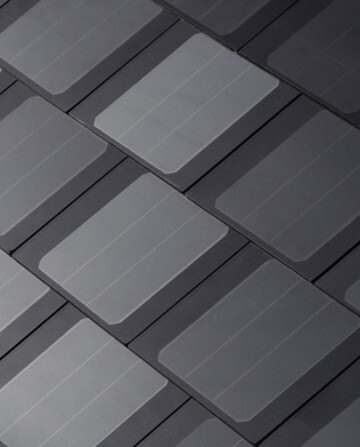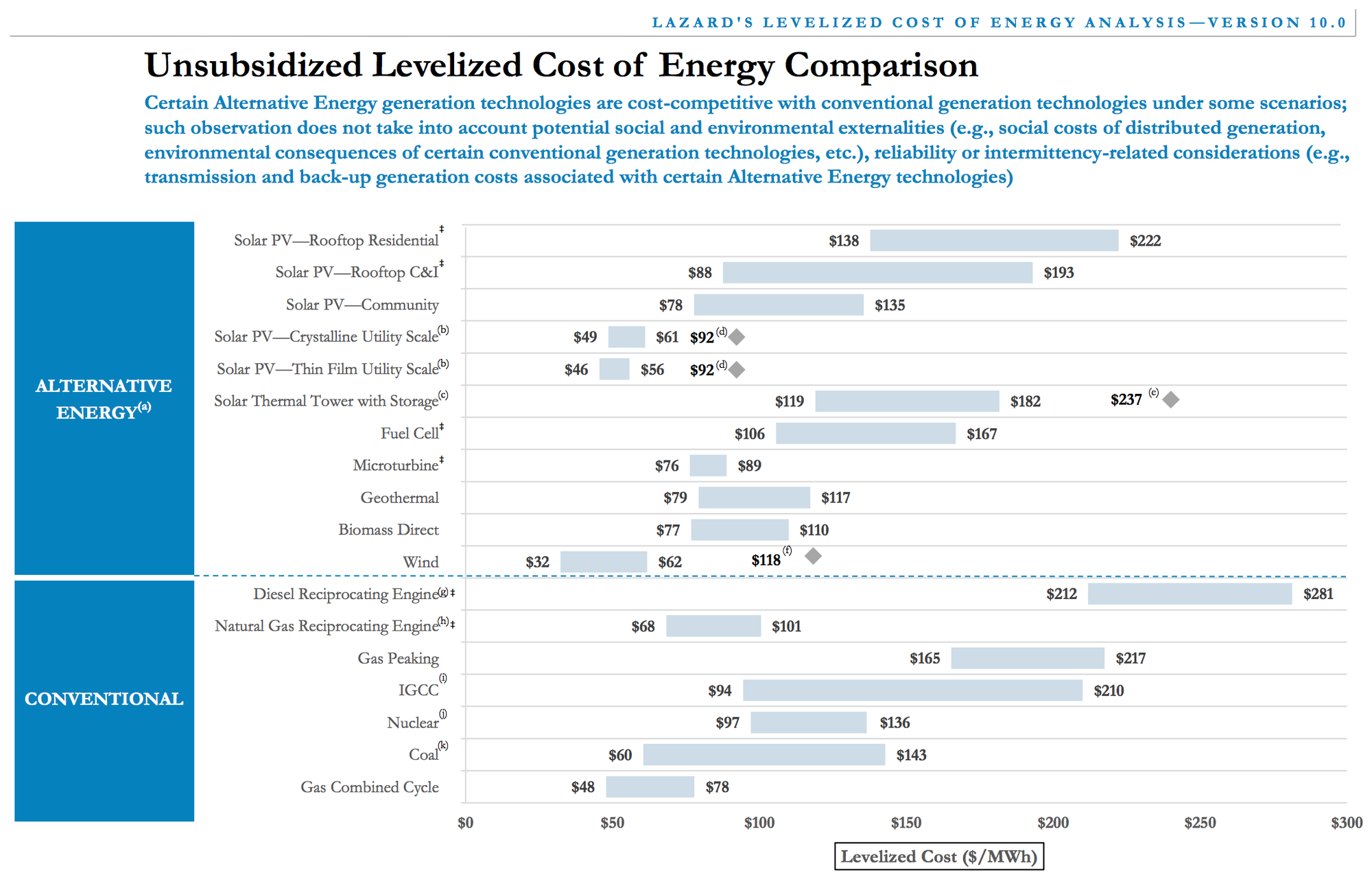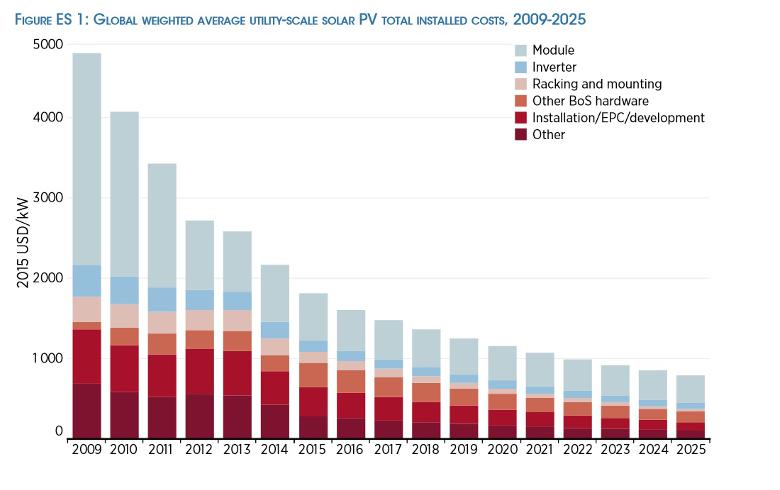DooKey
[H]F Junkie
- Joined
- Apr 25, 2001
- Messages
- 13,576
Solar power production is getting ready to get a lot cheaper thanks to development of organic solar cells. Researchers have managed to increase the efficiency and improve the manufacturing process of organic solar cells so they are now market ready. They say the new cells can produce power for 7 cents per kilowatt-hour and in the near future they expect to increase efficiency even more and further reduce that cost. I think the day is finally arriving where those of us in sunny areas can actually afford to go mostly solar.
At 15 percent efficiency and given a 20-year lifetime, researchers estimate organic solar cells could produce electricity at a cost of less than 7 cents per kilowatt-hour. In comparison, the average cost of electricity in the US was 10.5 cents per kilowatt-hour in 2017, according to the US Energy Information Administration.
At 15 percent efficiency and given a 20-year lifetime, researchers estimate organic solar cells could produce electricity at a cost of less than 7 cents per kilowatt-hour. In comparison, the average cost of electricity in the US was 10.5 cents per kilowatt-hour in 2017, according to the US Energy Information Administration.
![[H]ard|Forum](/styles/hardforum/xenforo/logo_dark.png)



